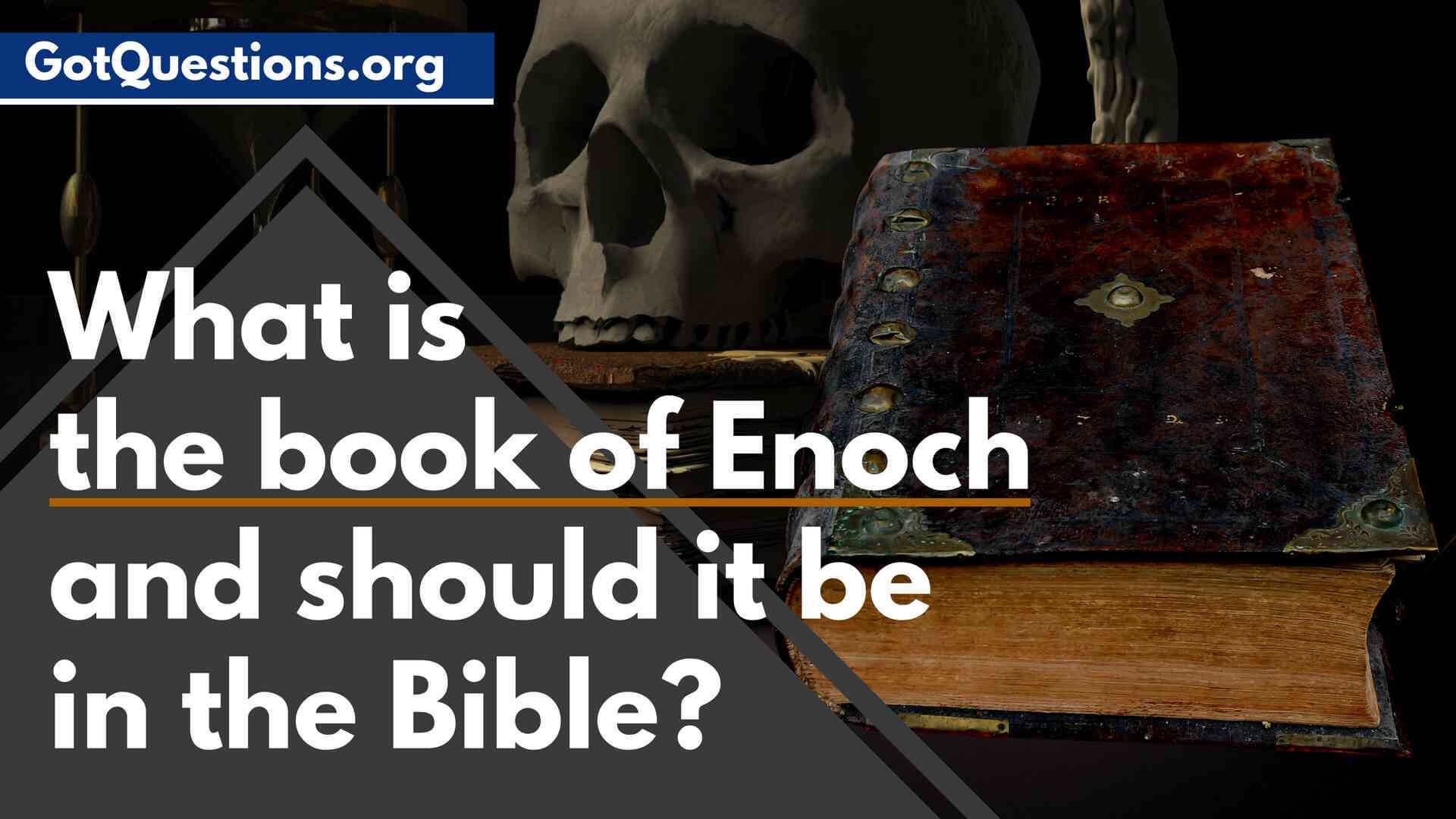Key Points
- The Book of Enoch is a non-canonical Jewish text attributed to Enoch, the great-grandfather of Noah.
- Its authorship is shrouded in mystery, with scholars debating its origins and the identity of its authors.
- The text is significant for its apocalyptic themes and its influence on early Christian thought and theology.
- Modern scholarship suggests a composite authorship over several centuries, possibly starting from the 3rd century BCE.
- Understanding the context of the Second Temple Judaism is key to deciphering the compilation structure of the Book of Enoch.
> READ MORE:
Introduction to the Book of Enoch
The Book of Enoch, an ancient Jewish apocalyptic text, has fascinated scholars, theologians, and lay readers alike for centuries. Its intriguing content, which includes elaborate descriptions of heavenly realms, angelic beings, and the end of days, stands out among the religious literature of antiquity. The text is often associated with Enoch, the seventh patriarch in the book of Genesis, who was taken by God, a phrase that has led to much speculation about his divine encounters. Despite its rich narrative, the authorship of the Book of Enoch remains one of the great unresolved enigmas of ancient religious texts.
The Mysterious Authorship
Unlike texts with clear authorship, the Book of Enoch’s origins are shrouded in mystery. It is somewhat misleading to speak of a single author when referring to the Book of Enoch, since it is a compilation of various writings that may have been composed over the course of several centuries. The evolving religious and social context of Second Temple Judaism, from approximately 515 BCE to 70 CE, plays a pivotal role in understanding the diverse elements found within the book.

Scholarship generally points towards a composite structure where sects and scribes with different theological viewpoints contributed to the text. The language of the earliest sections of the book suggests that the authors were likely part of the Jewish Hellenistic diaspora, familiar with both Jewish tradition and Hellenistic culture. The use of Aramaic and Hebrew languages in various manuscripts highlights a complexity that suggests more than one hand in its composition.
Textual and Historical Analysis
The Book of Enoch is traditionally broken down into five main sections: the Book of the Watchers, the Book of Parables, the Astronomical Book, the Book of Dream Visions, and the Epistle of Enoch. Each piece offers its own perspective and theological emphasis, which implies a growth and evolution of ideas. From the earliest sections concerned with angelic rebellion to the apocalyptic visions of the later portions, Enochian literature shows a development reflective of the tumultuous times of its composition.
Historical and textual analyses suggest these writings were likely penned by different authors over time, starting perhaps as early as the 3rd century BCE. This period was marked by significant transformations, including the rise of apocalypticism, which offered explanations for suffering and visions of imminent divine intervention. Such contextual framing helps us understand the thematic shifts and focus found within Enoch’s text.
Influence on Early Christian Thought
The influence of the Book of Enoch on early Christianity cannot be overstated. Though it never achieved canonical status within the mainstream Jewish or later Christian tradition, its themes resonate throughout early Christian writings. References can be found in the New Testament itself; Jude quotes directly from Enoch, showcasing its impact on early Christian authors who were attracted to its vivid imagery and eschatological themes.

Enochian literature continued to be immensely popular for several centuries, shaping theological positions on angels, the messiah, and the final judgment. This suggests that its authors, whoever they may have been, had tapped into poignant existential questions and concerns prevalent in the religious communities of the time.
Legacy and Current Scholarly Debates
The question of authorship of the Book of Enoch persists in academic circles. Some have proposed that it was the work of a particular mystical sect such as the Essenes, whereas others argue for a broader, more diverse range of religious thinkers and writers. Ultimately, the exact authorship might remain an enigma; however, the text’s endurance and significance lie in its ability to convey profound truths and apocalyptic hopes relevant across millennia.
The text’s recovery from obscurity, thanks to the discovery of the Dead Sea Scrolls and the subsequent translation and study of the Ethiopian Orthodox Church’s canonical version, has propelled it back into scholarly and religious conversations. Its mysterious provenance, therefore, is not merely a historical curio but a window into the rich and complex religiosity of an era that profoundly shaped Jewish and Christian traditions.
Conclusion
The pursuit of understanding the authorship of the Book of Enoch is much like peering into the past with a sense of wonder and speculation. This ancient text, with its otherworldly visions and profound theological insights, remains an object of fascination and study. While the true identities of its authors may be lost to history, the Book of Enoch continues to offer a tantalizing glimpse into the religious imagination and apocalyptic aspirations of ancient Judaism and the foundations of Christian thought. Its legacy is encapsulated not just in its mysterious origins but in the universal and enduring nature of its narratives.
